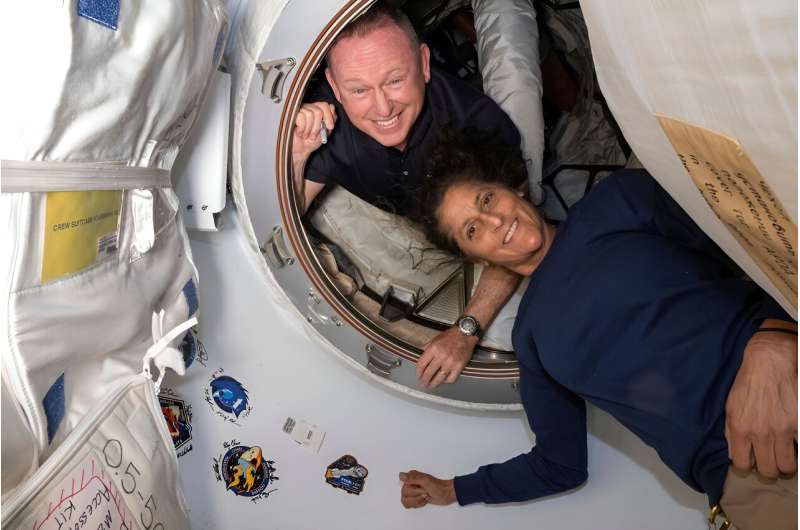"Space flight has always been a little bit messy, a little bit chaotic not by definition, but by design," says Jacqueline McCleary, a cosmology expert and assistant professor of physics at Northeastern. "The way I look at this, this is one bump in the road on mankind's long, inevitable path to the stars."
Hanumant Singh, a professor of electrical and computer engineering at Northeastern who has experience working on unmanned vehicles, says sending humans into space offers more opportunities for exploration than sending up robots. But part of the risk of sending people to space is having to then make decisions around their safety.
Prioritizing that, despite Boeing's insistence that the Starliner is safe, is the right call, he adds. Previously, there have been fatalities on NASA missions, like the Challenger explosion, but this approach shows the agency's commitment to safety.
"I have a lot more respect for NASA for the decisions they made," Singh says. "This is absolutely the right thing to do. … They are showing that, politics aside, they are going to do the right thing."
While the idea of a short trip turning into an unexpected months-long voyage is alarming to many, these sort of detours are the expectation for astronauts. McCleary says Wilmore and Williams would have gone into this prepared for a longer stay, given the risks of space travel. The International Space Station is stocked with supplies specifically for situations like these.
The astronauts chosen are also former test pilots and military veterans who are "physiologically and psychologically ready" for being stuck up there, McCleary says.
"NASA and the rest of the countries involved with the ISS prepared for these sorts of things," McCleary adds. "They have a year's supply of food up there. They have undergarments. It's kind of normal. You sort of expect disasters, you expect the worst, and you try to be prepared."
The decision to keep Wilmore and Williams in space came after months of work reviewing and testing the Boeing Starliner. According to a release put out by NASA, there was "uncertainty and lack of expert concurrence" about the craft's safety that did not meet the agency's standards for a return to Earth.
"Spaceflight is risky, even at its safest and most routine. A test flight, by nature, is neither safe, nor routine. The decision to keep Butch and Suni aboard the International Space Station and bring Boeing's Starliner home uncrewed is the result of our commitment to safety: our core value and our North Star," NASA Administrator Bill Nelson said in a statement. "I'm grateful to both the NASA and Boeing teams for all their incredible and detailed work."
While the move is the right one for space exploration, it doesn't bode well for Boeing, McCleary says.
"It's definitely unfortunate for Boeing that they find themselves in this situation," McCleary adds. "This Starliner was already several years behind schedule. This suggests their current management isn't matched to this huge task. They probably need to do some serious soul-searching, but long term, I think it is healthy for space exploration to have multiple companies who can provide that capability."
Despite all the risks, experts agree that exploring the cosmos is ultimately worthwhile as it opens up the possibility of learning more about the universe and what other life may be out there.
"We could spend that money (on space exploration) elsewhere," Singh says. "So why space? We as a species need to reach for the stars. There's something within all of us that says we want to go out and explore. If we don't start now with these baby steps, when are we going to get there?"
Provided by Northeastern University
This story is republished courtesy of Northeastern Global News news.northeastern.edu.



